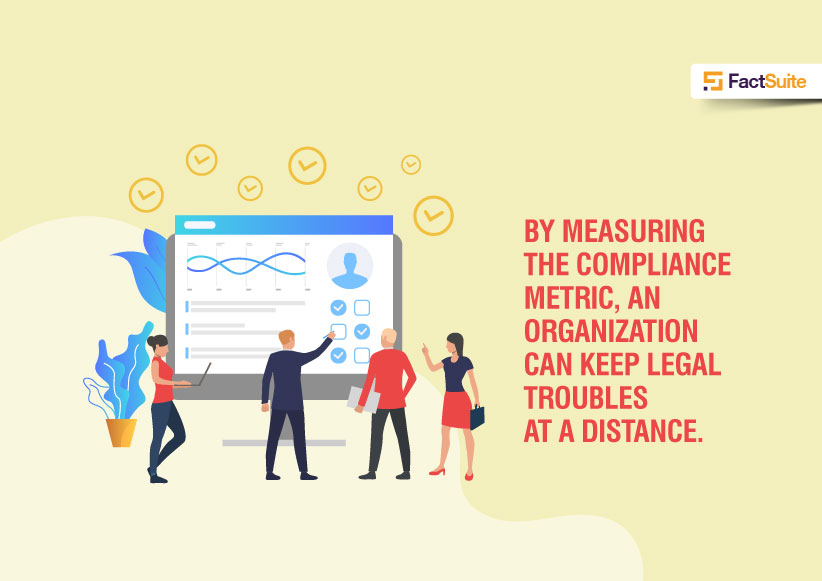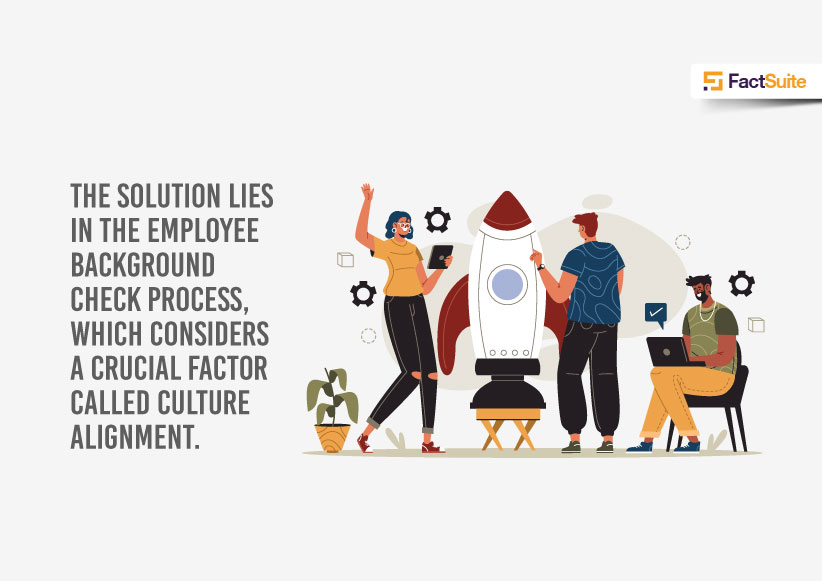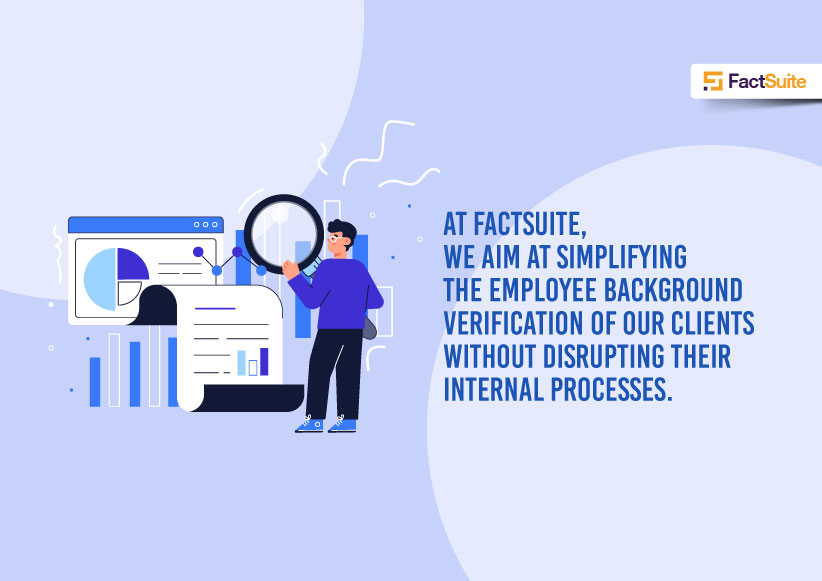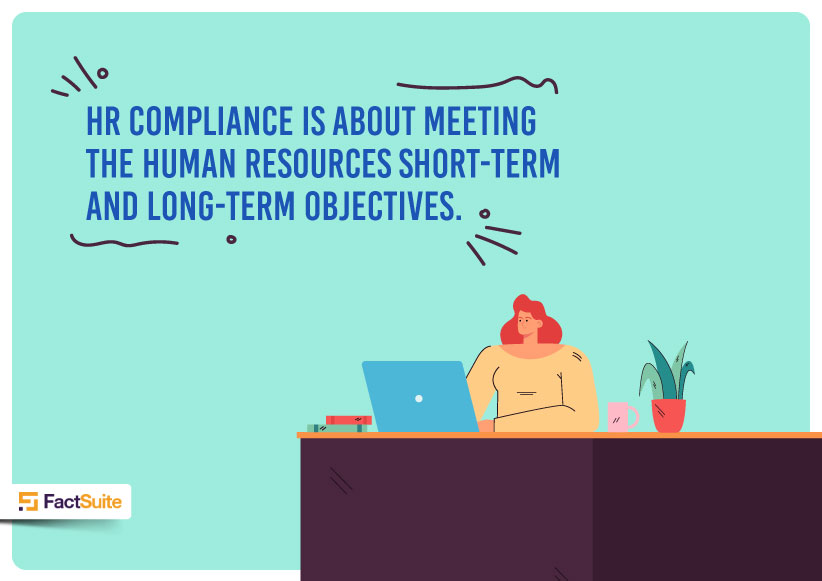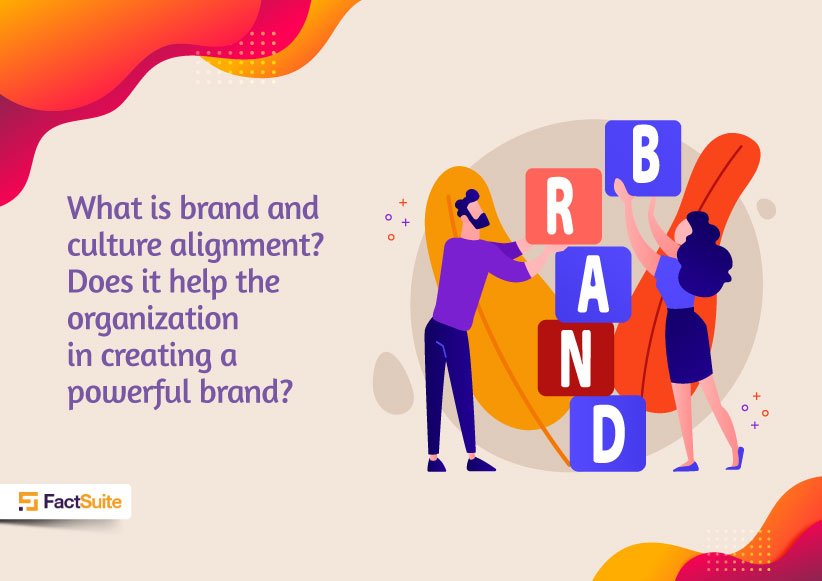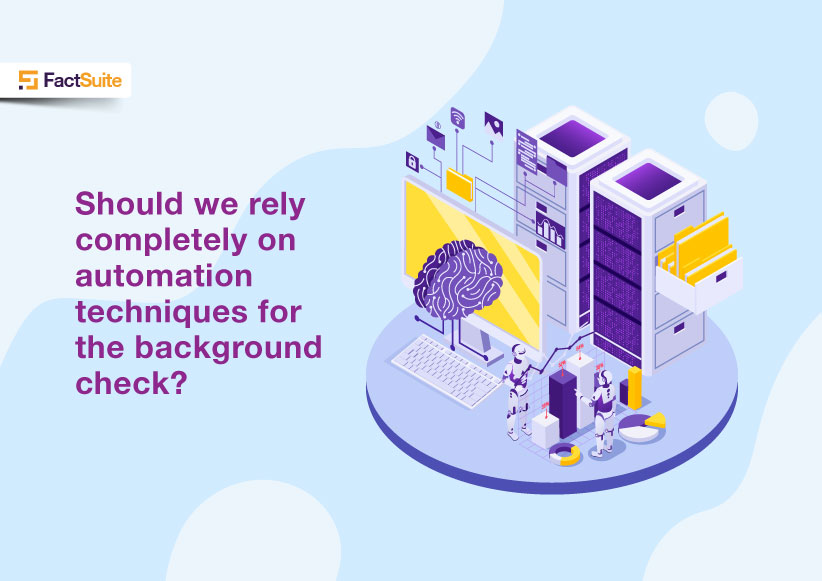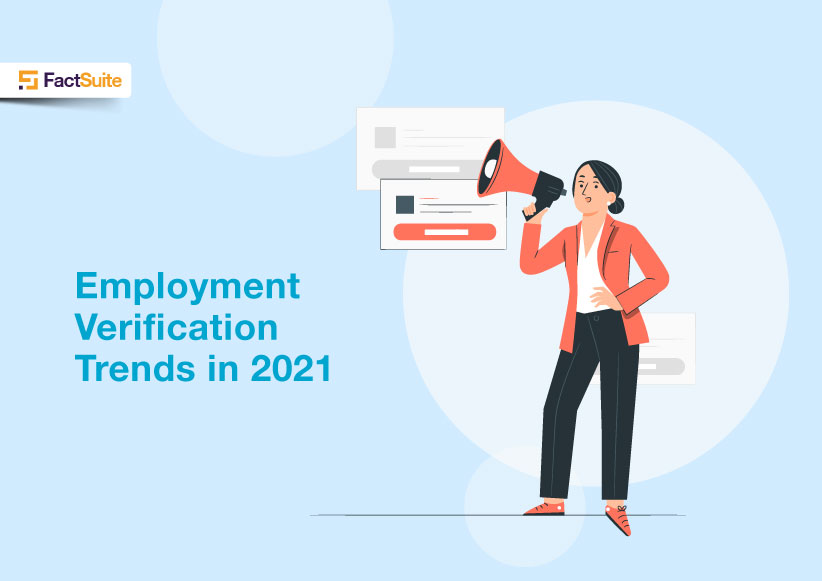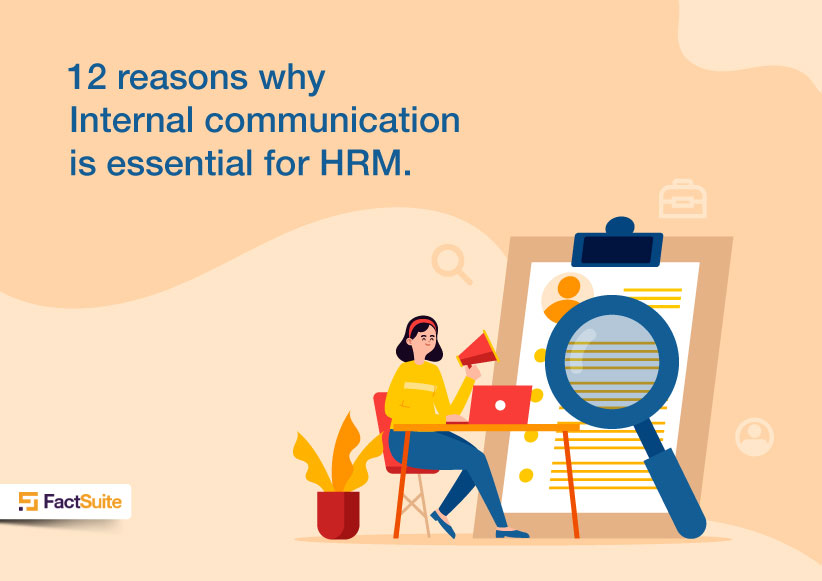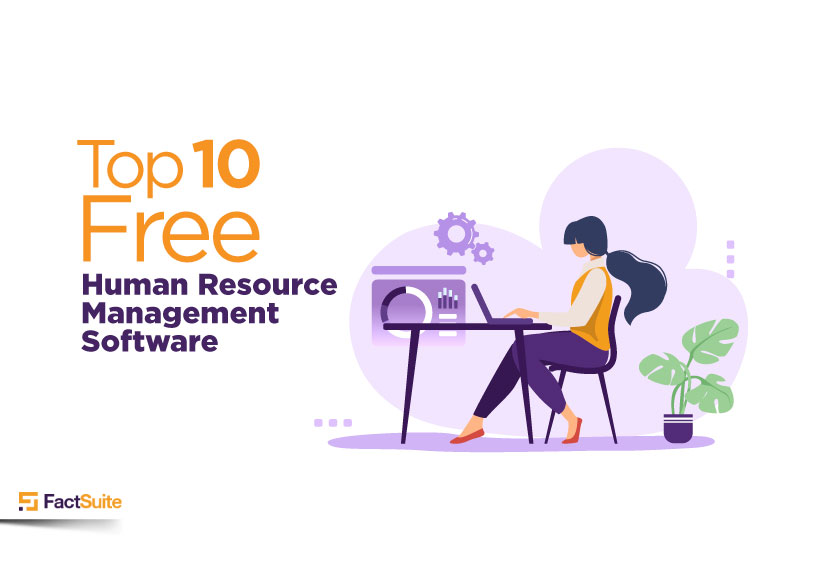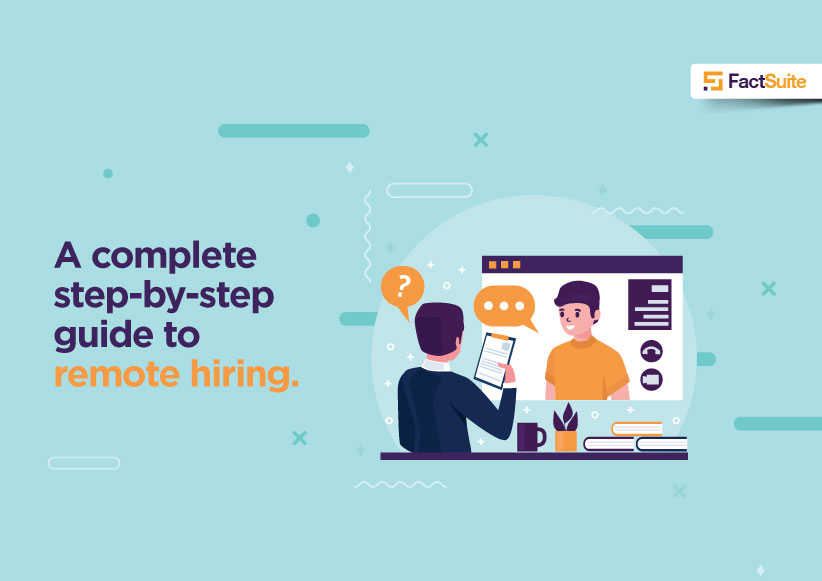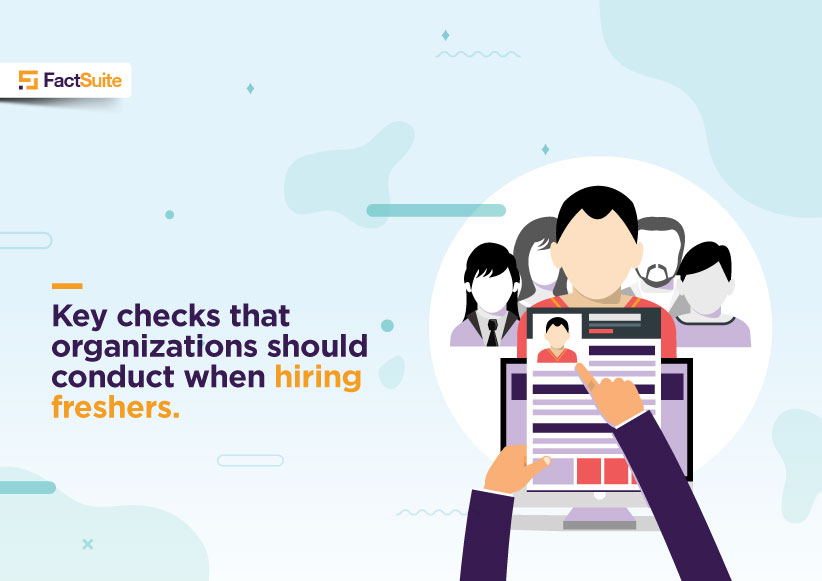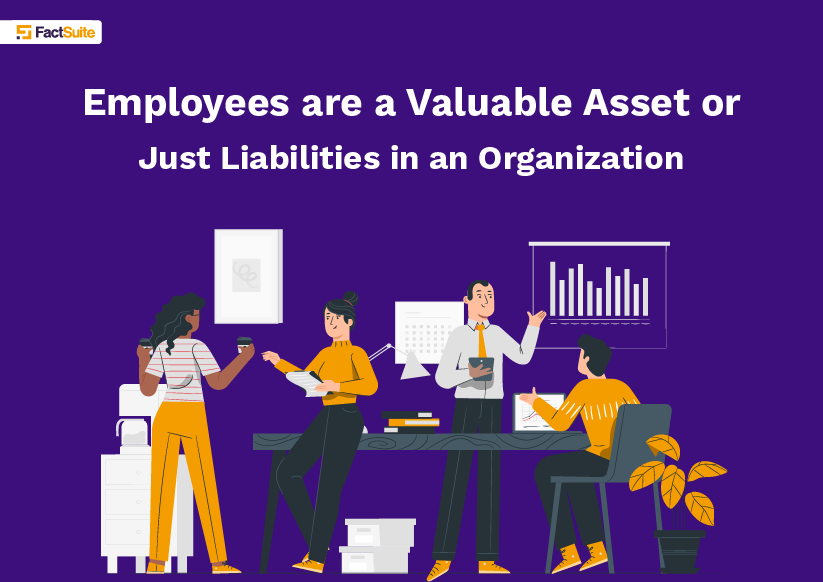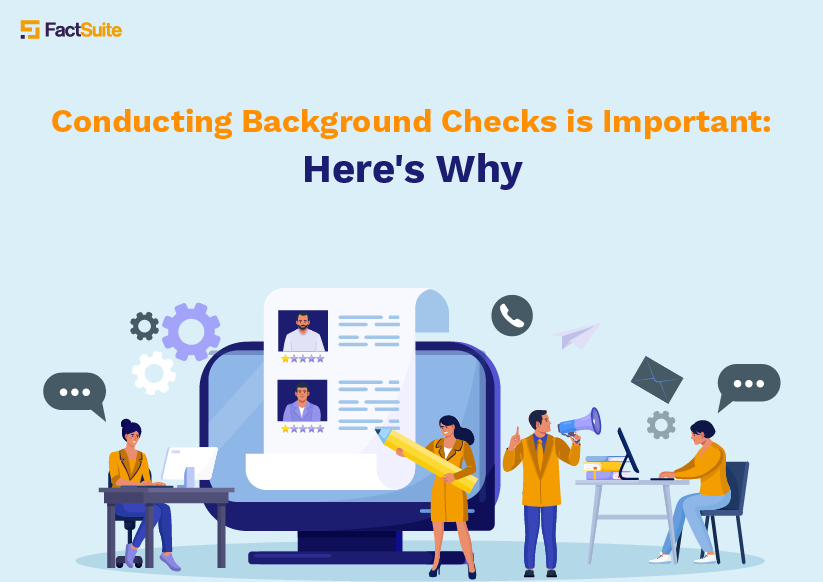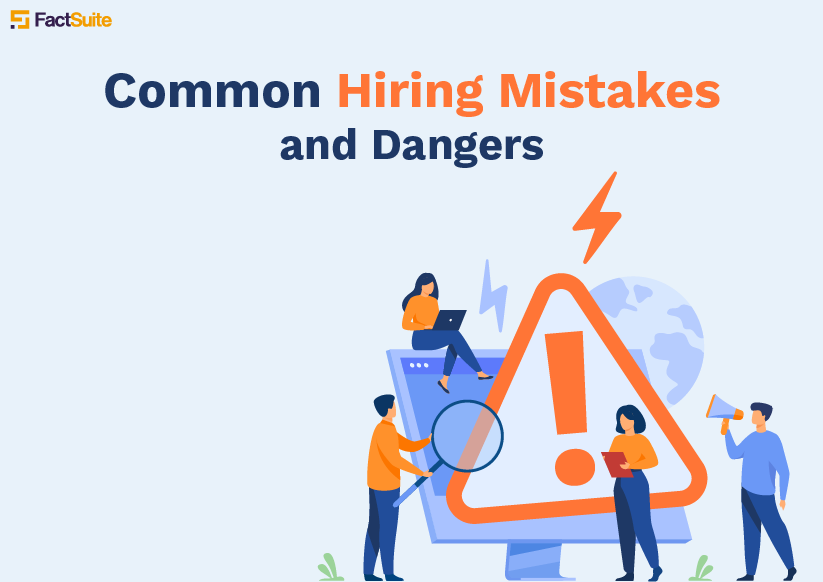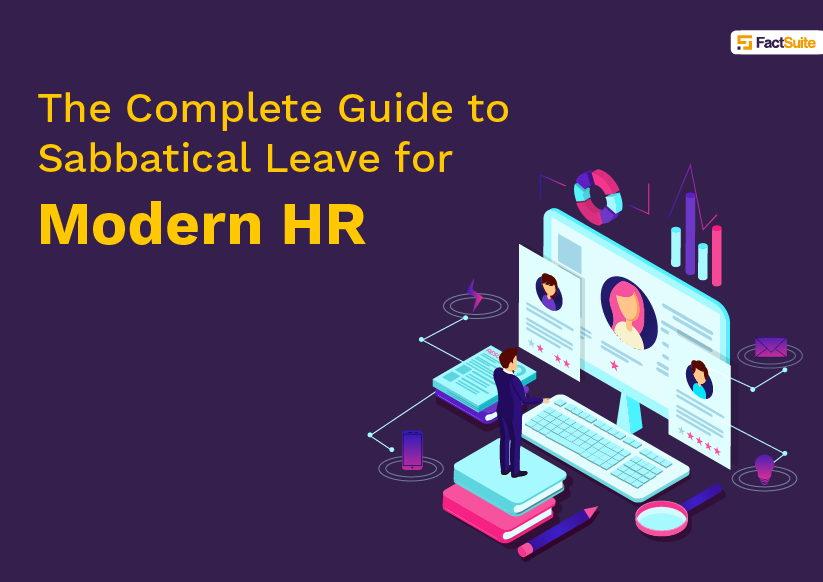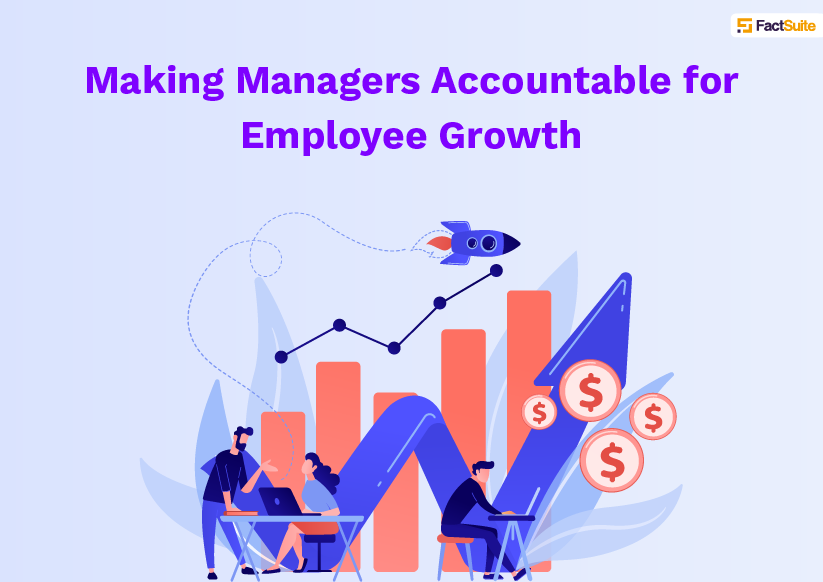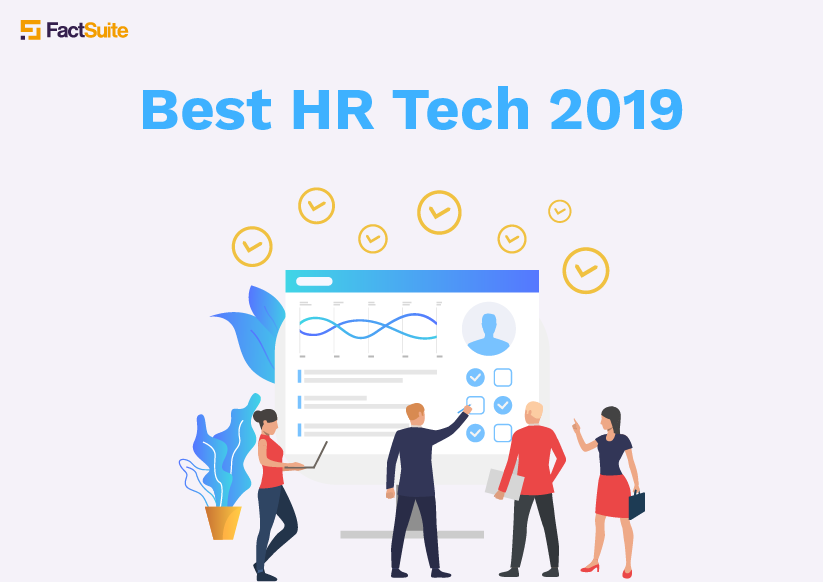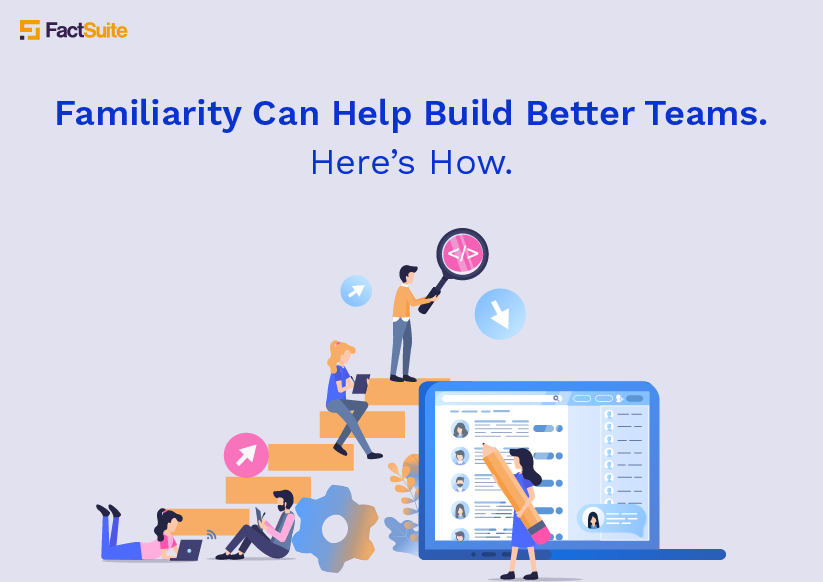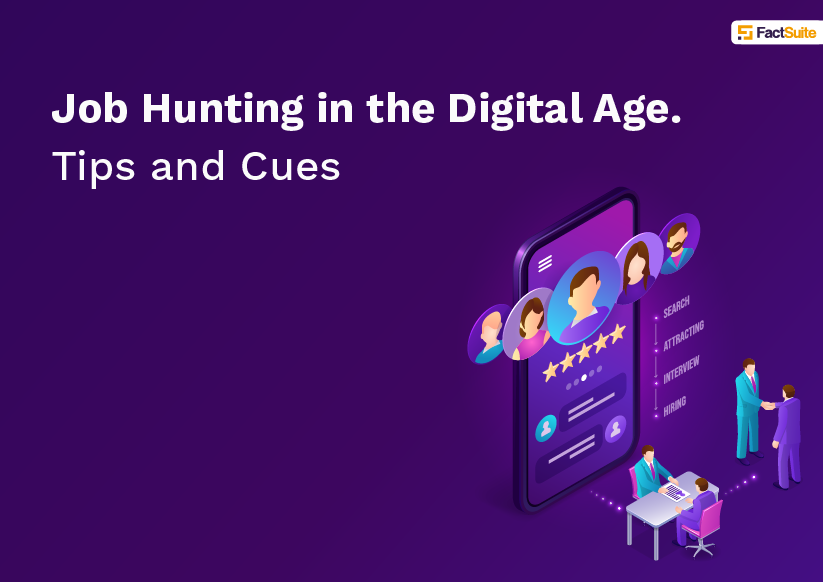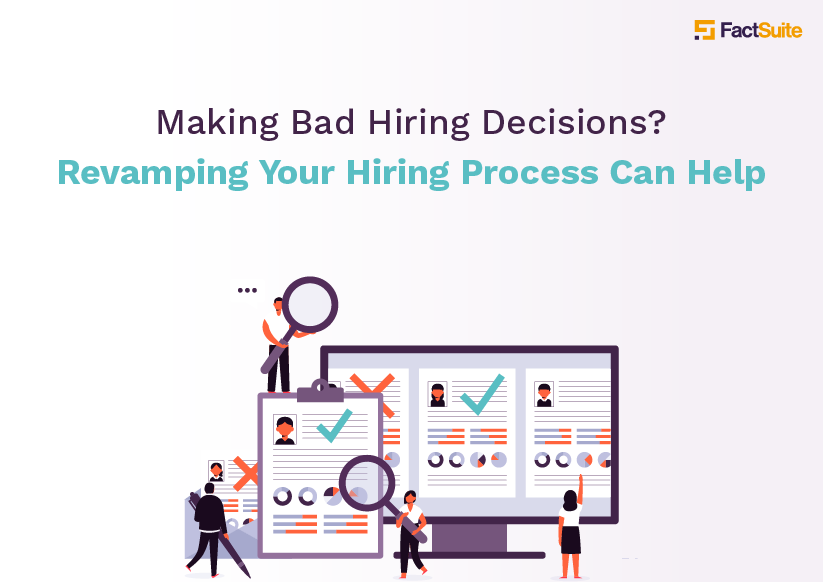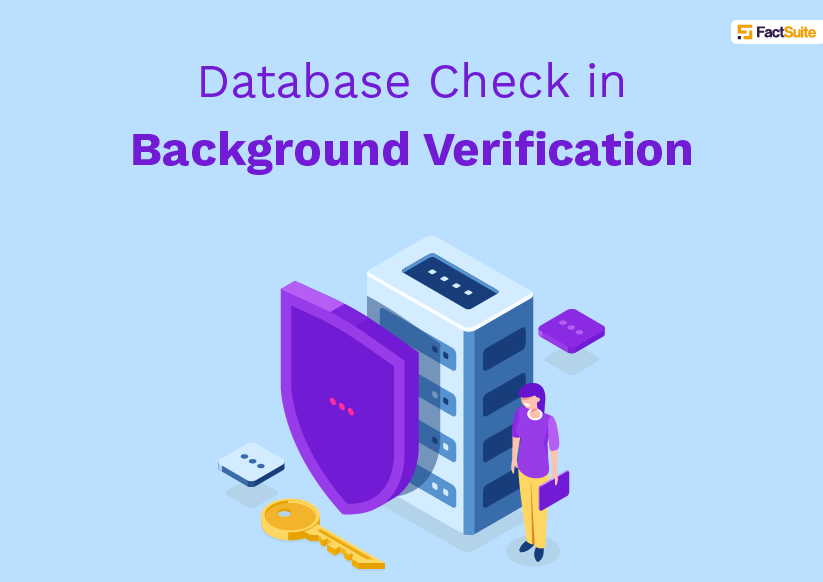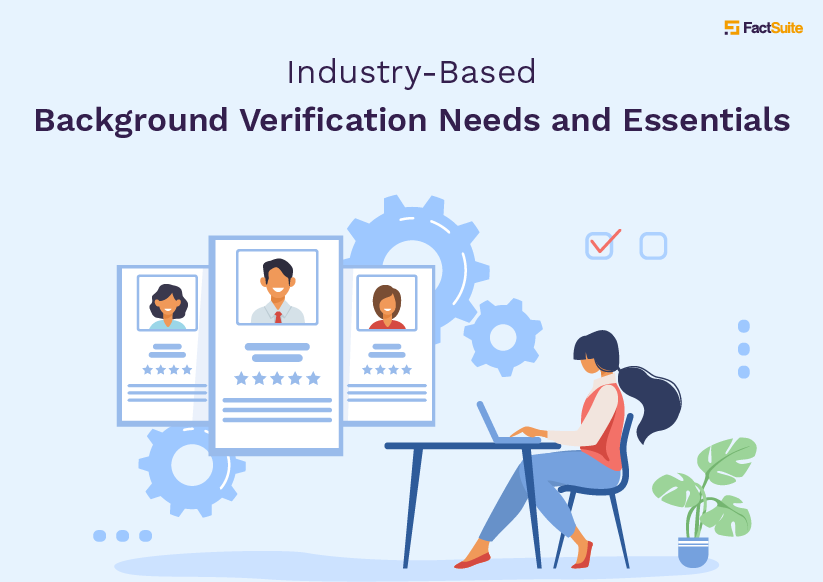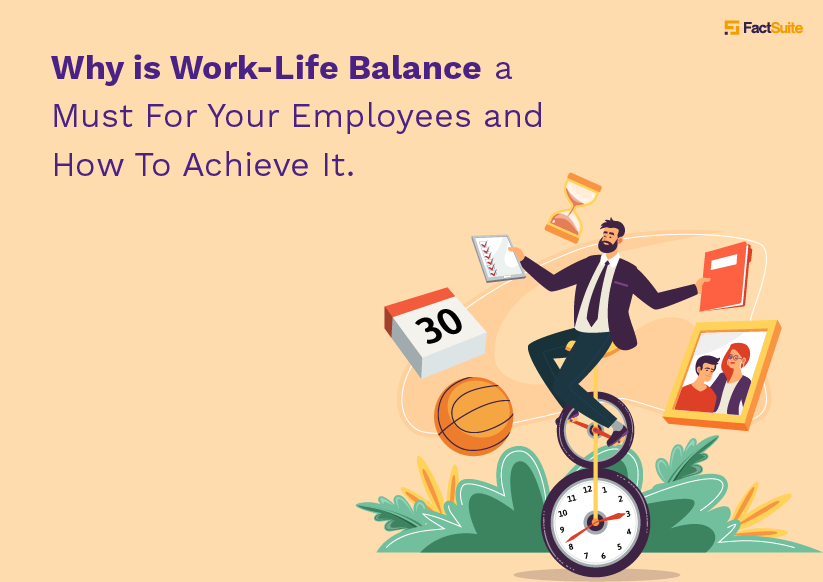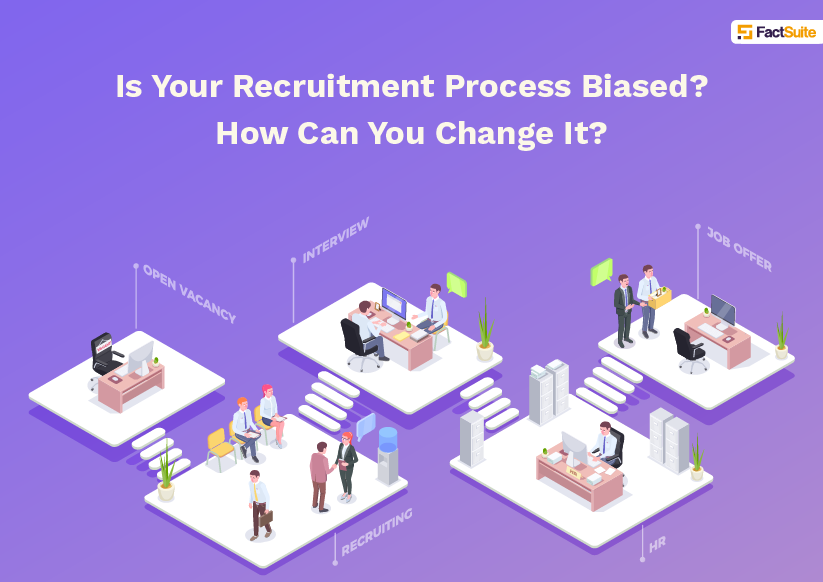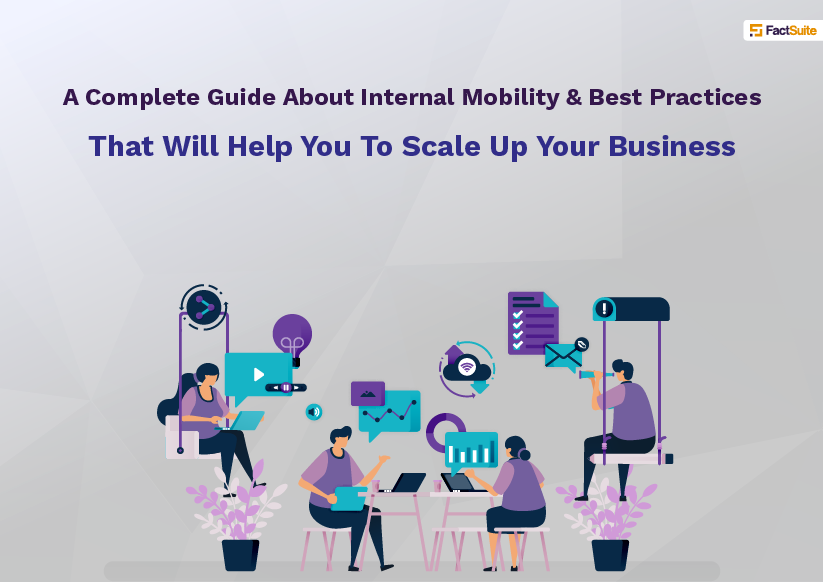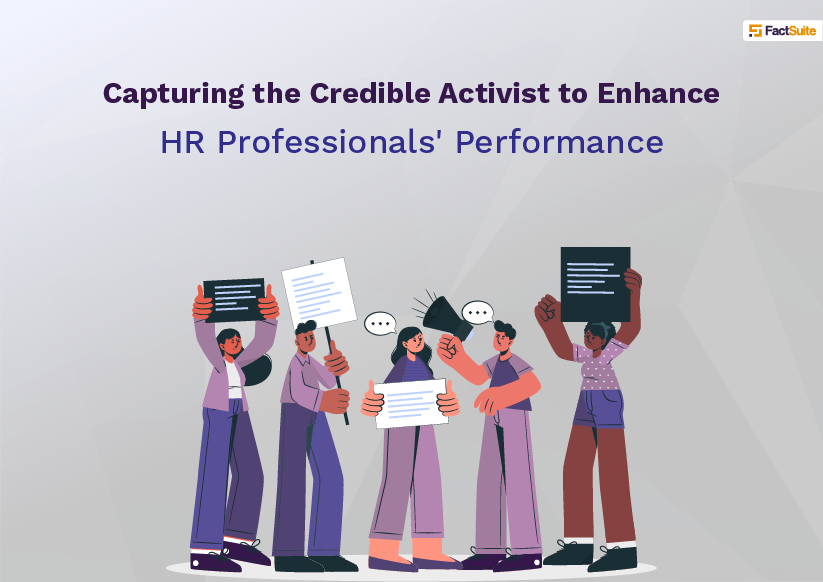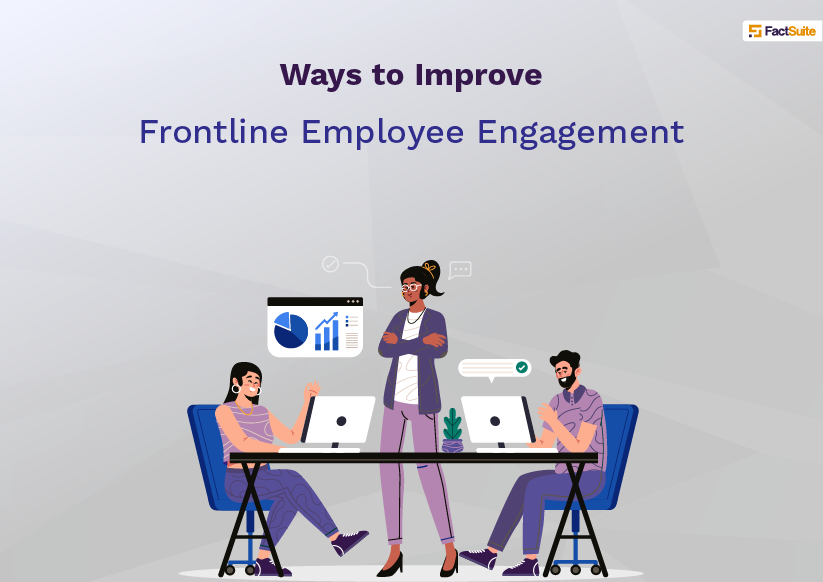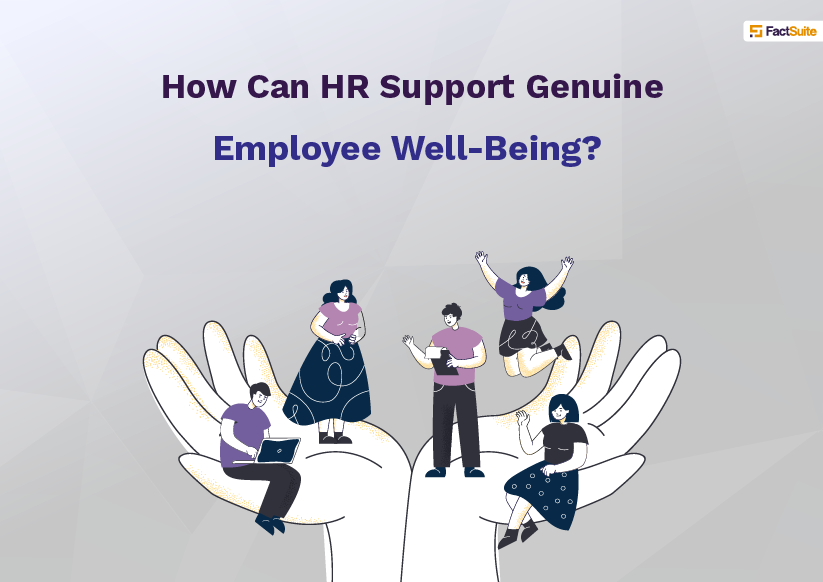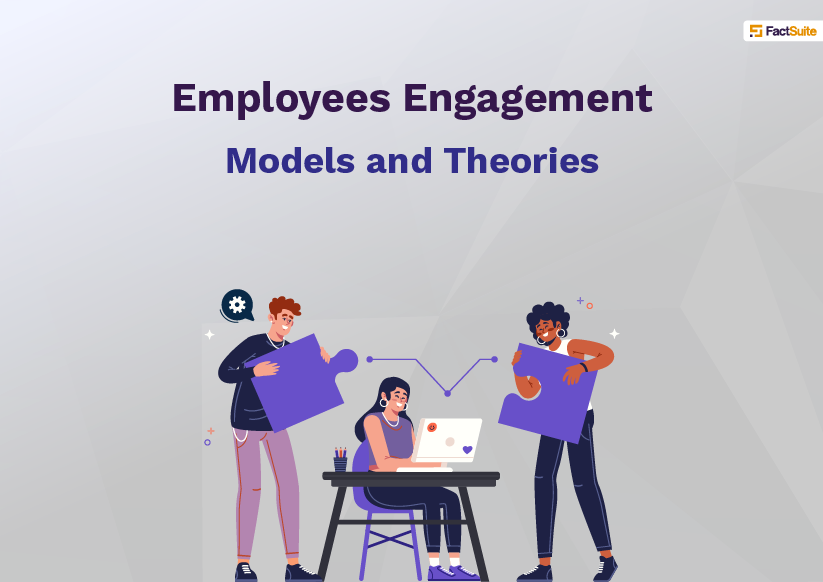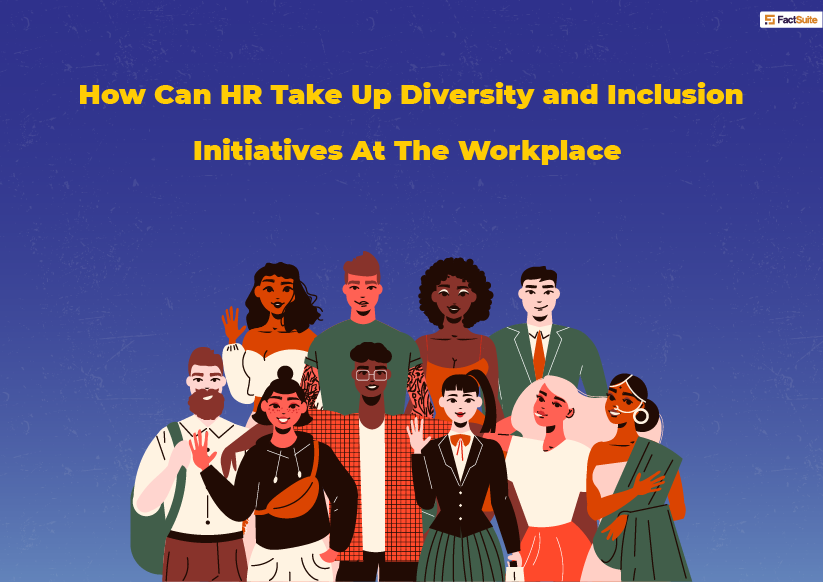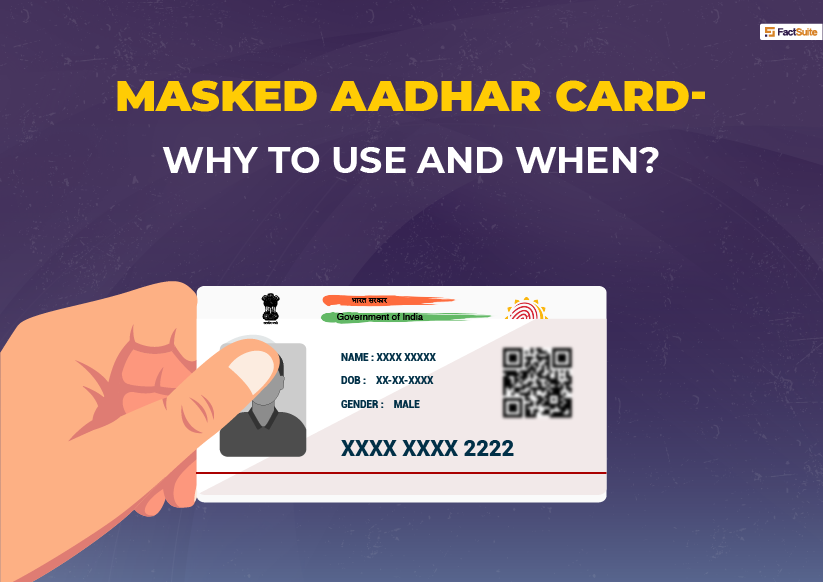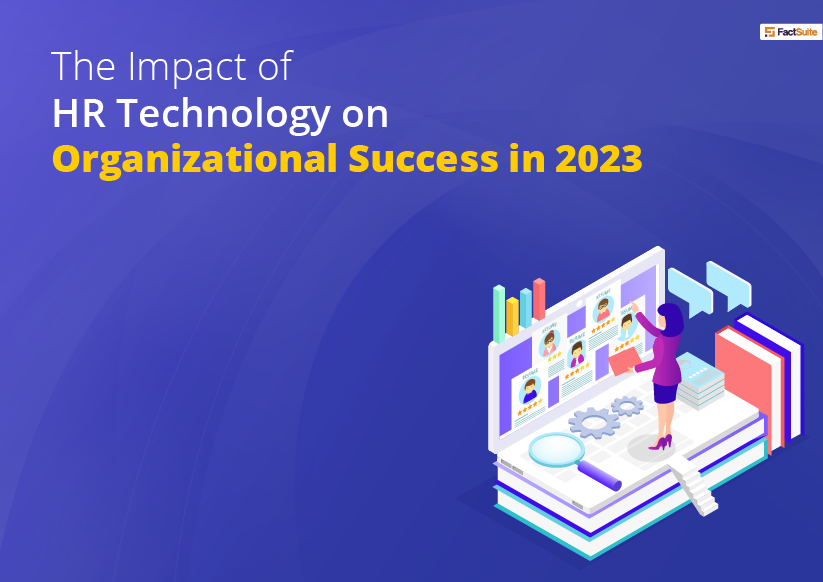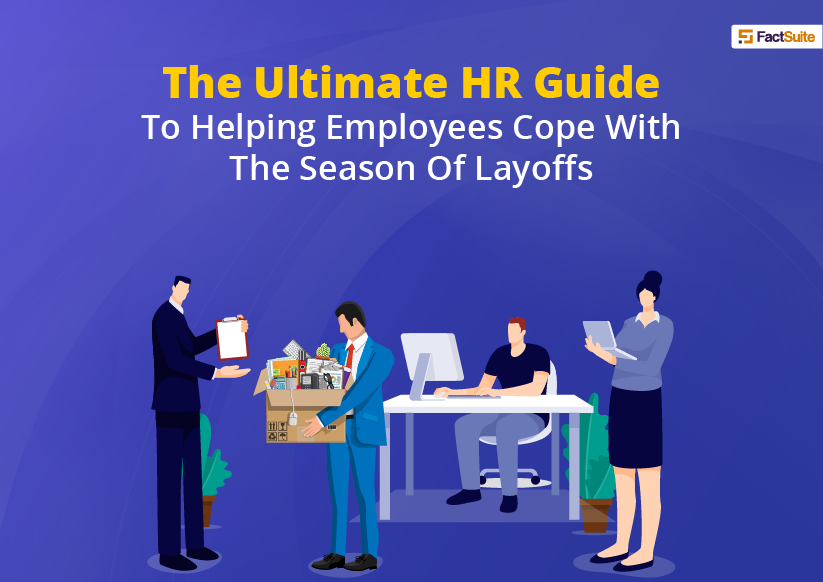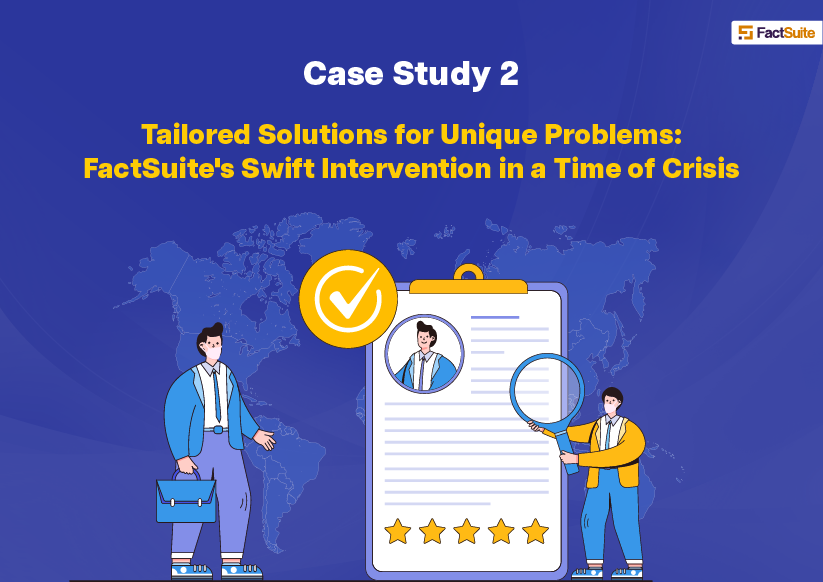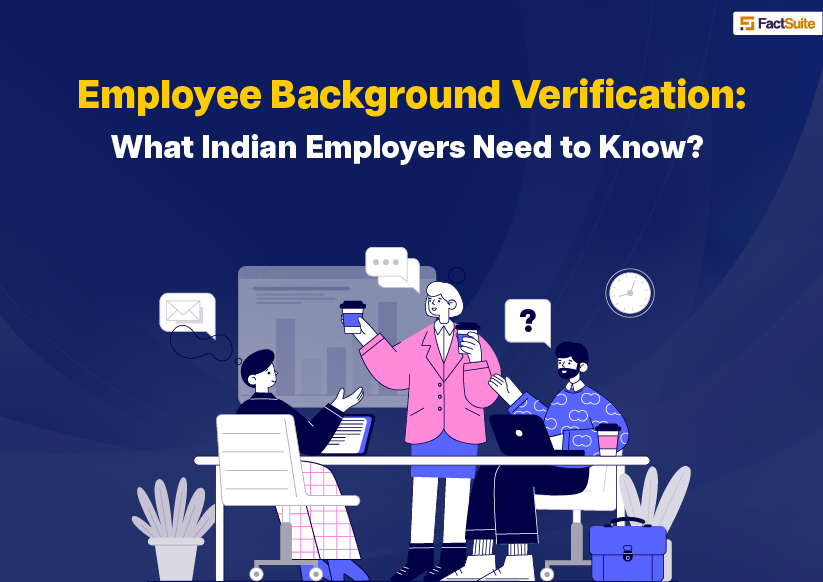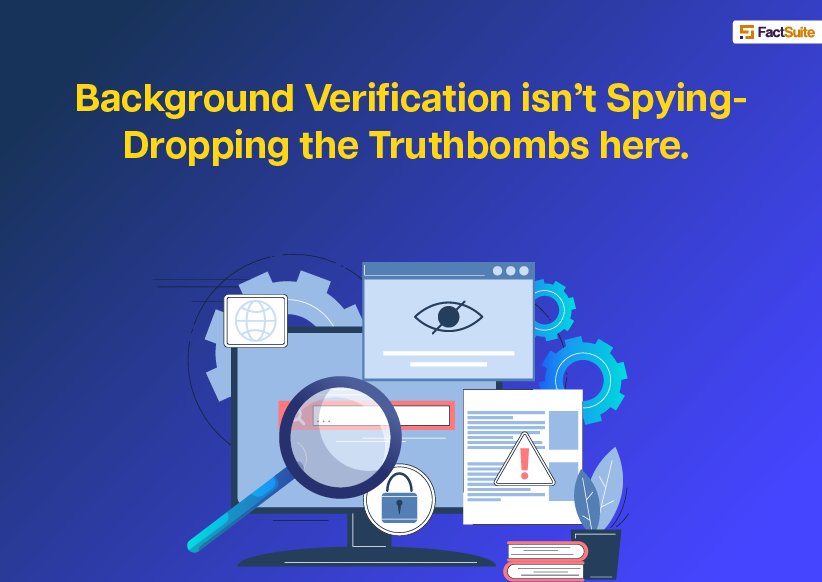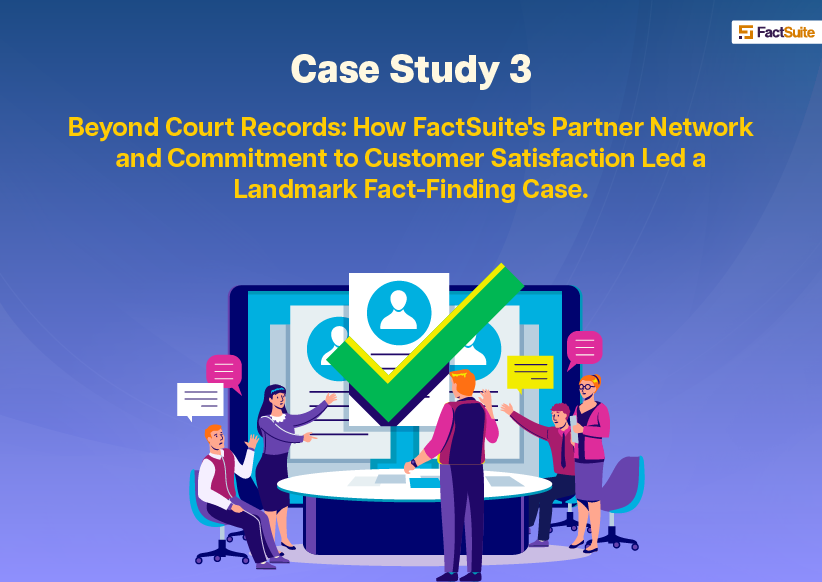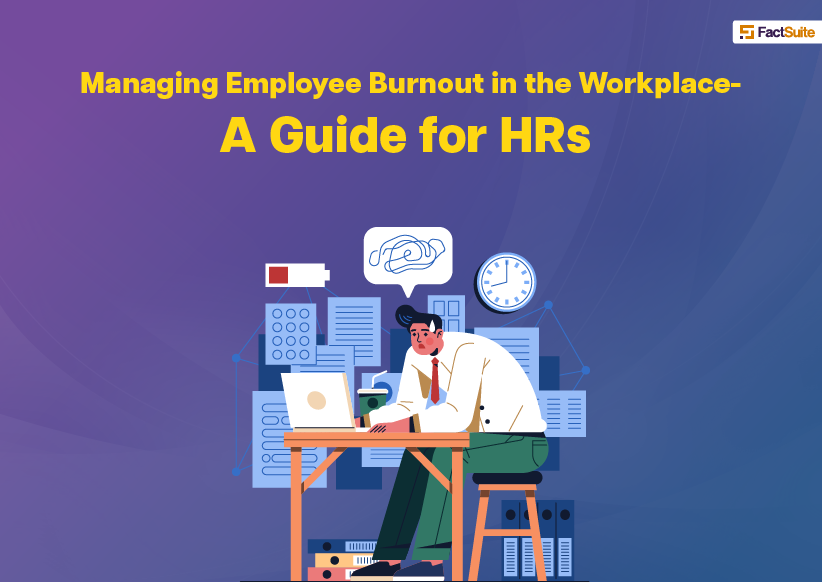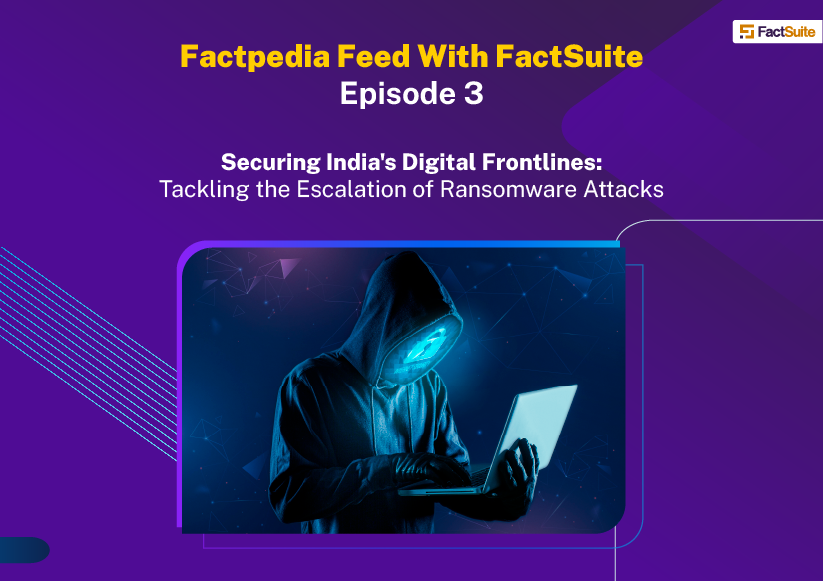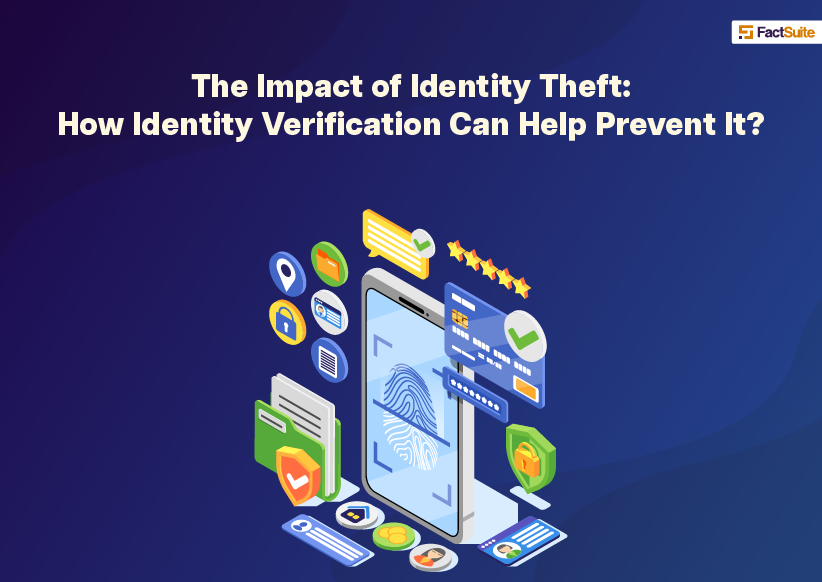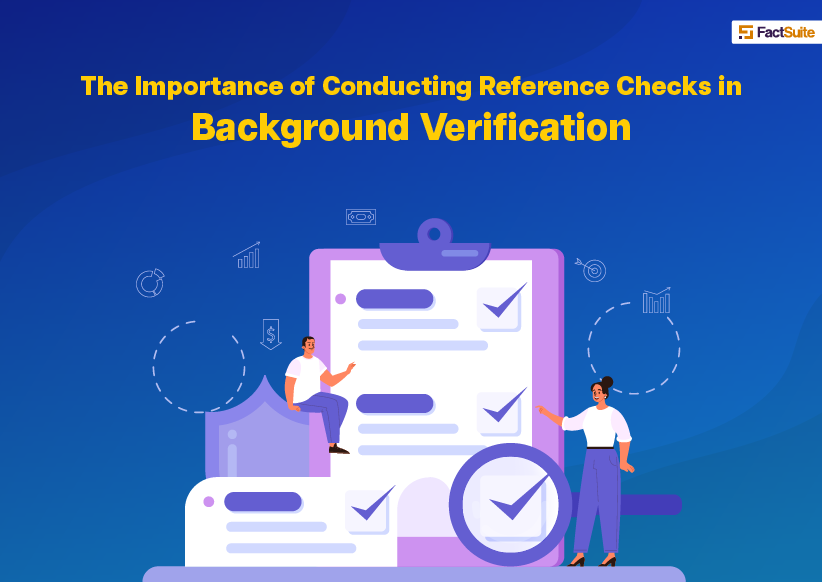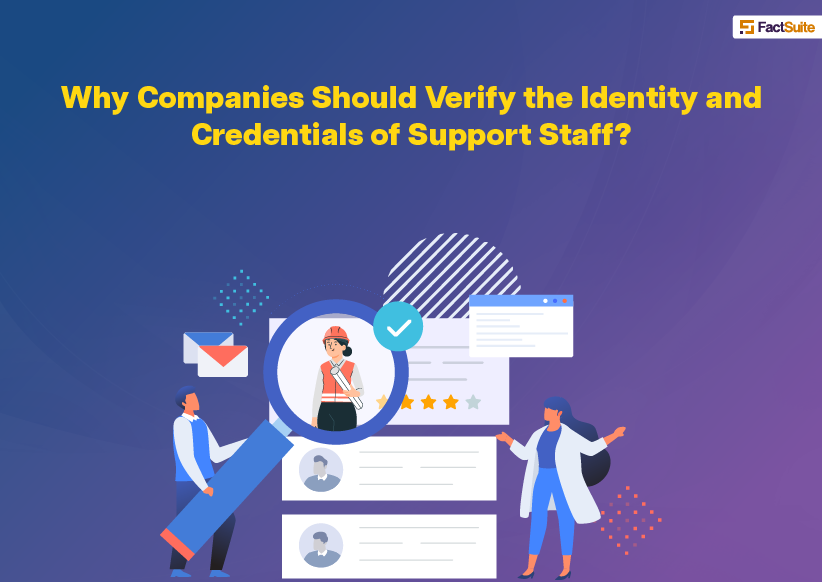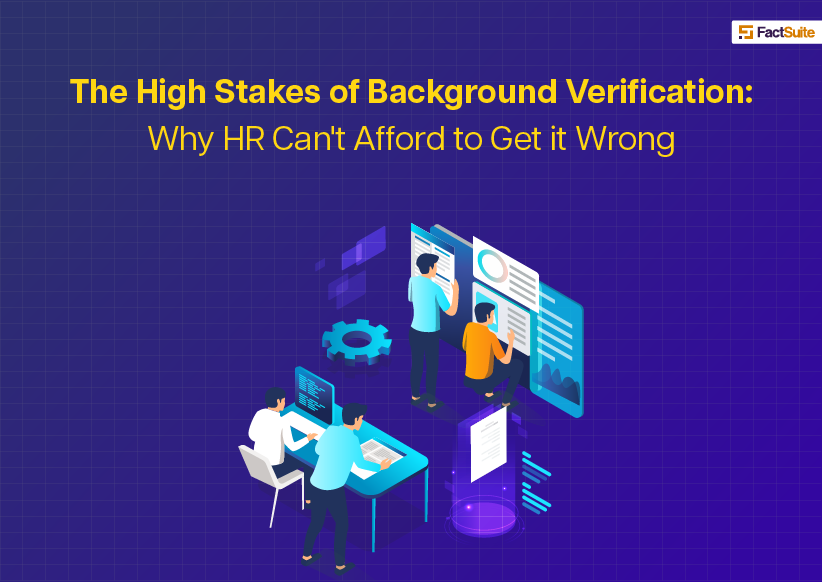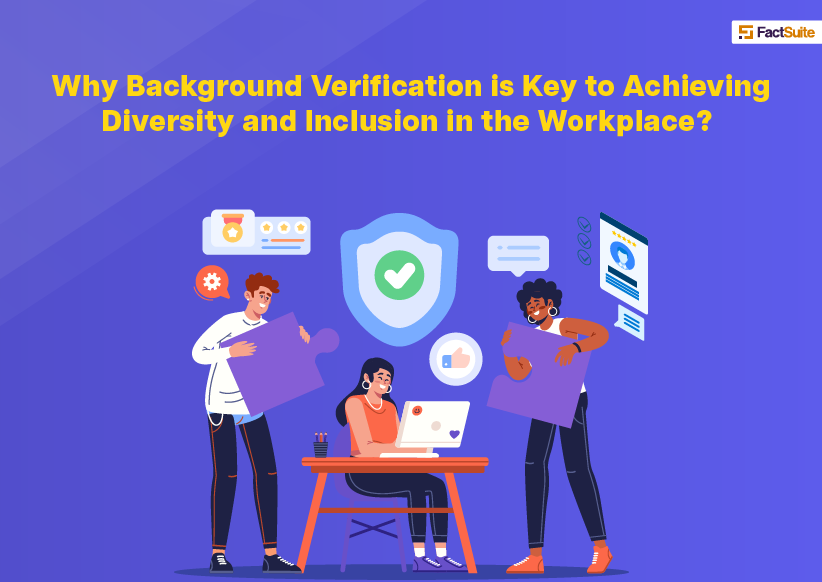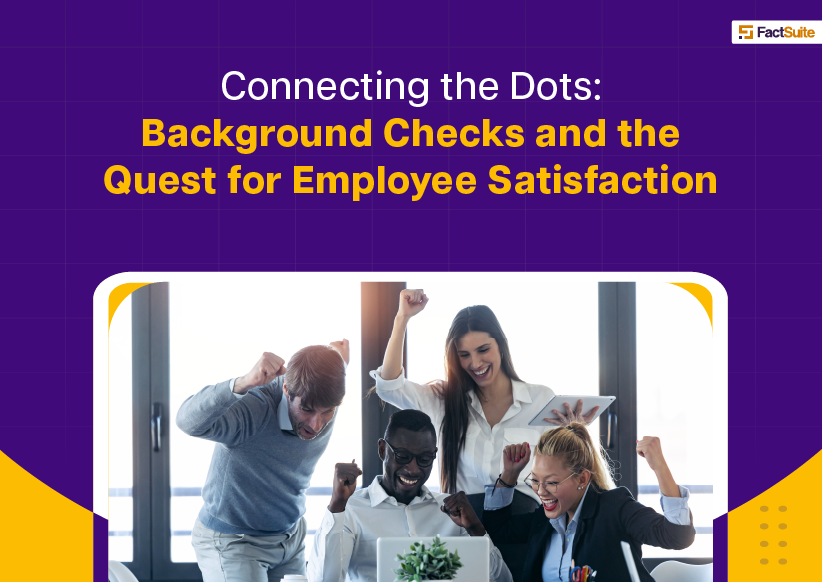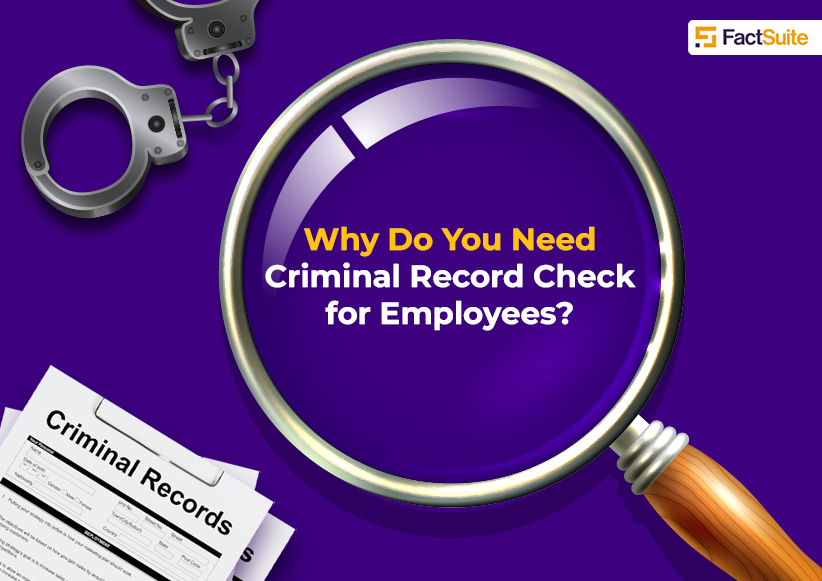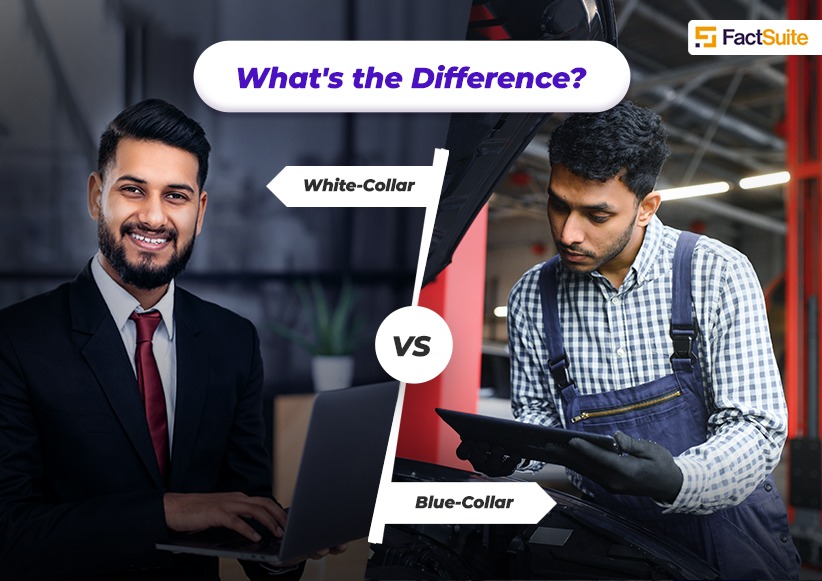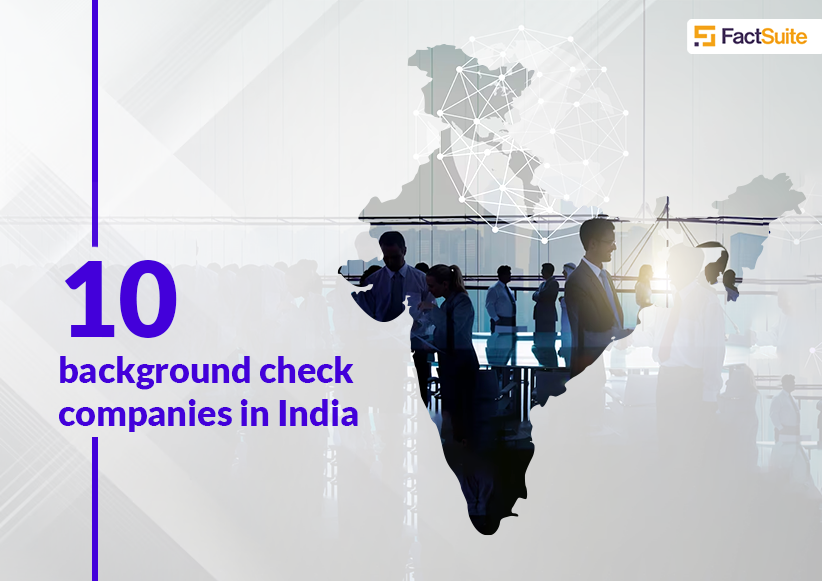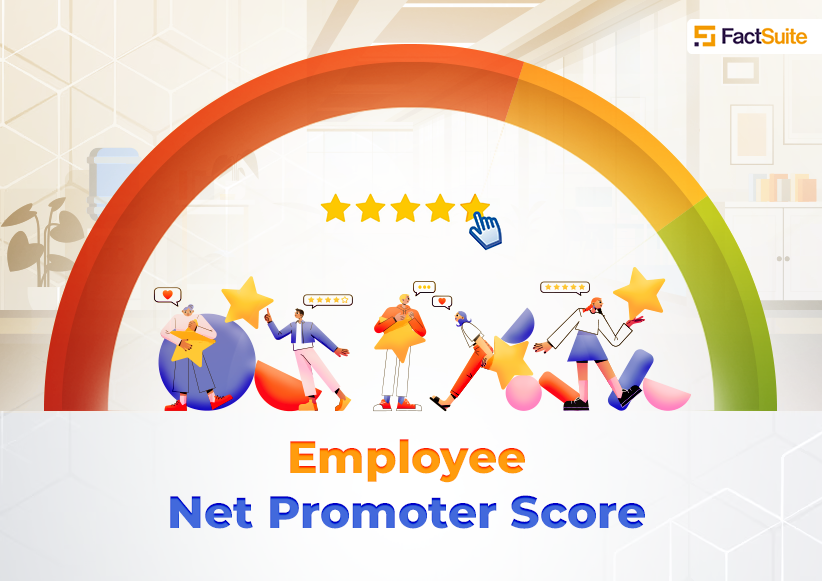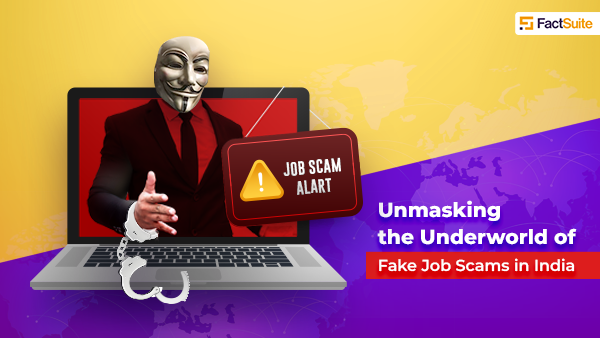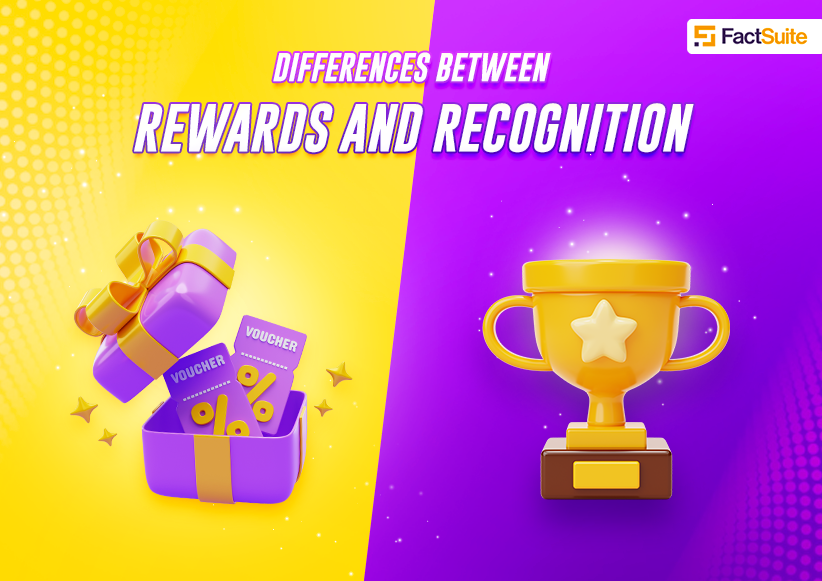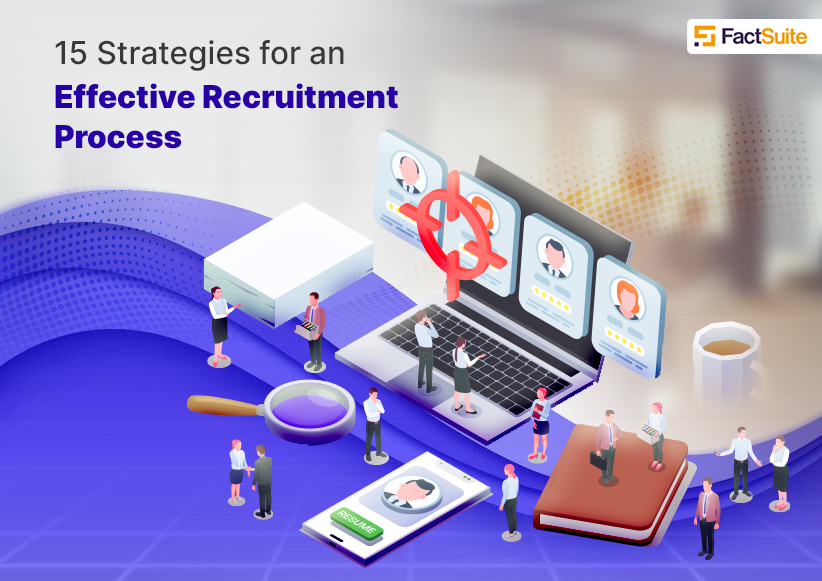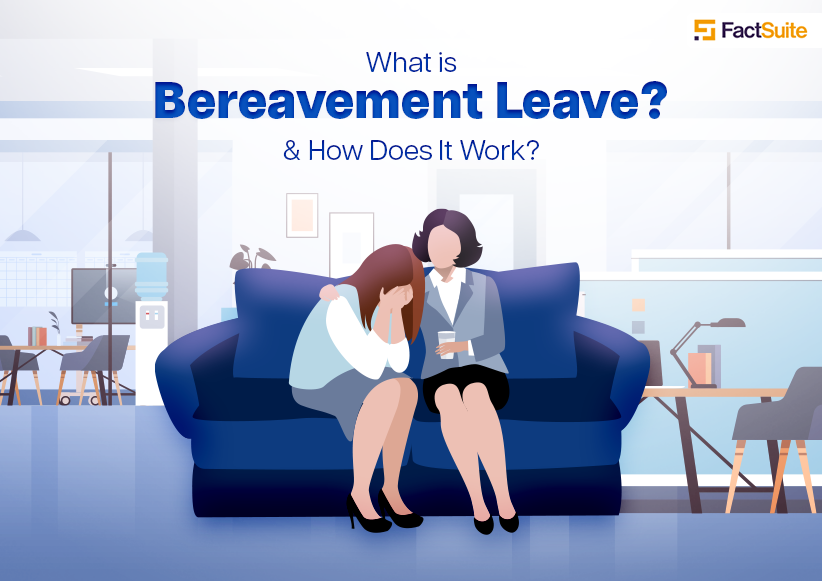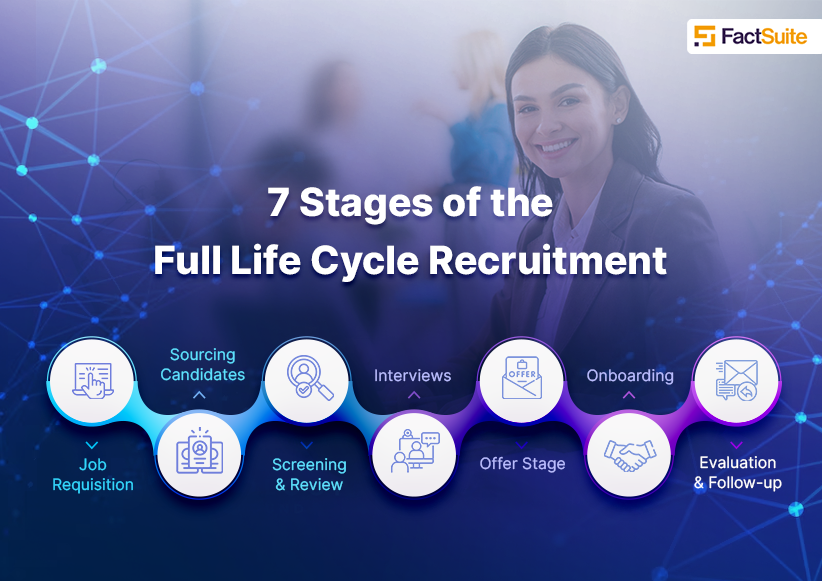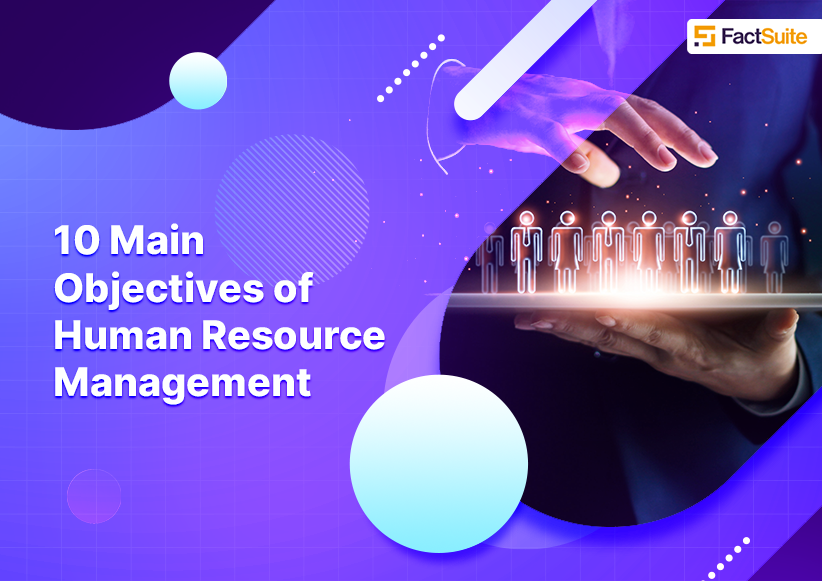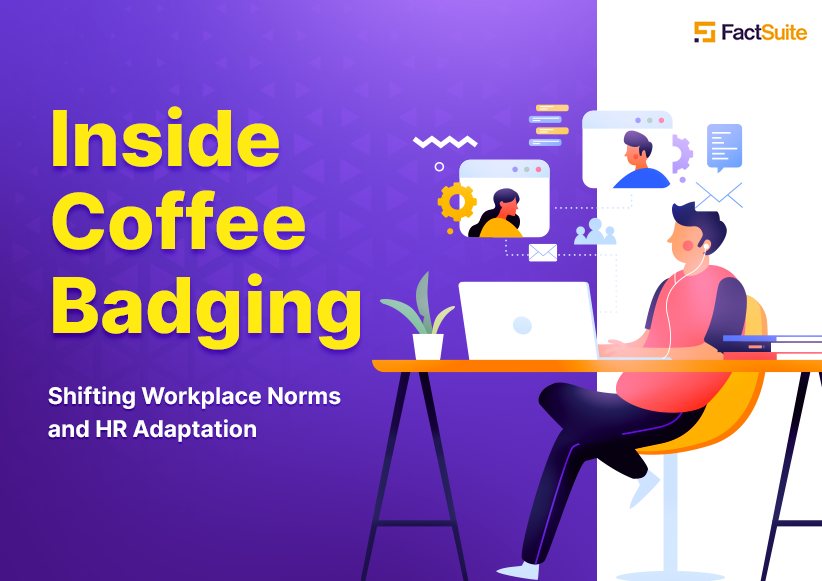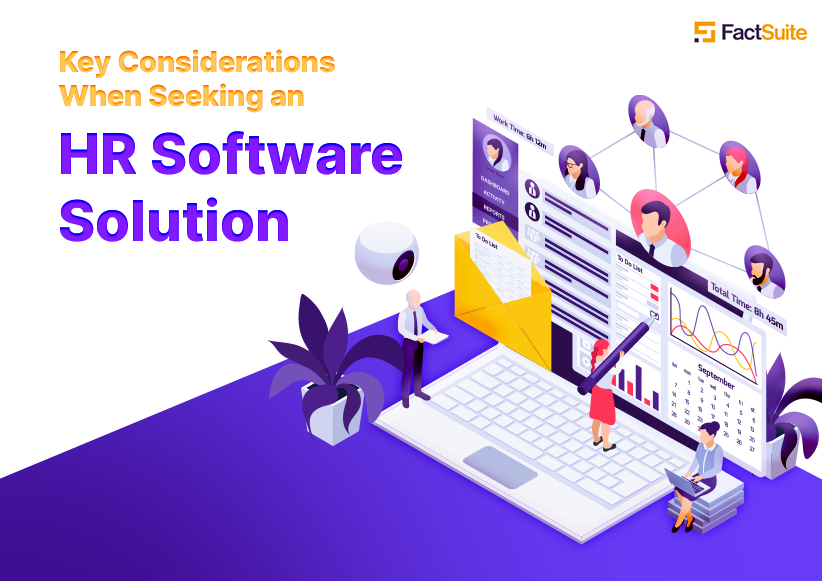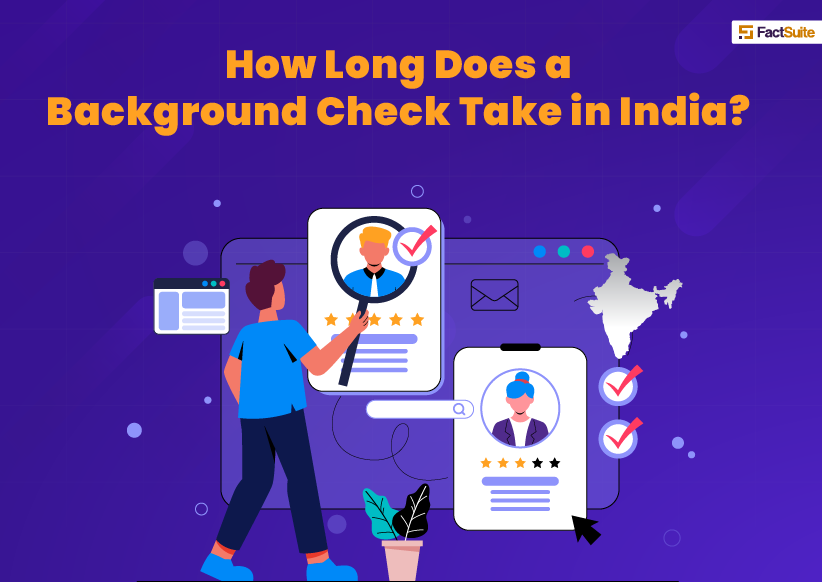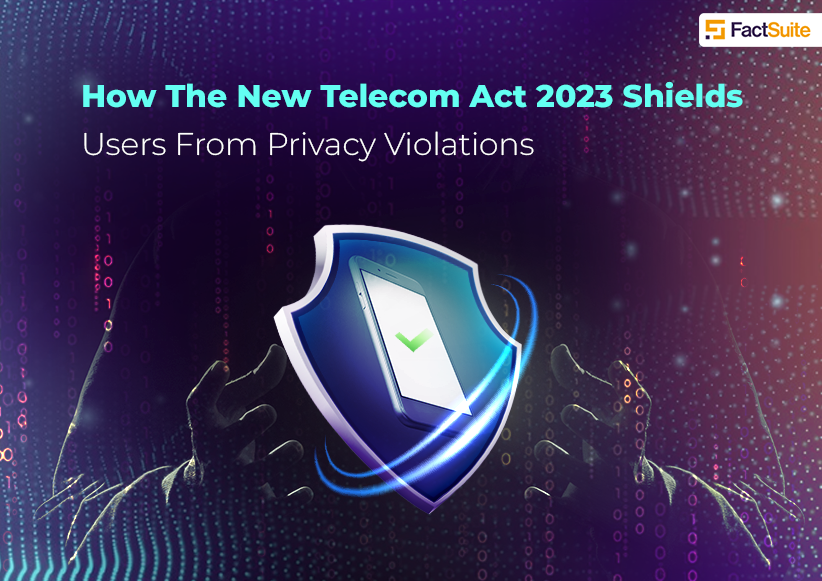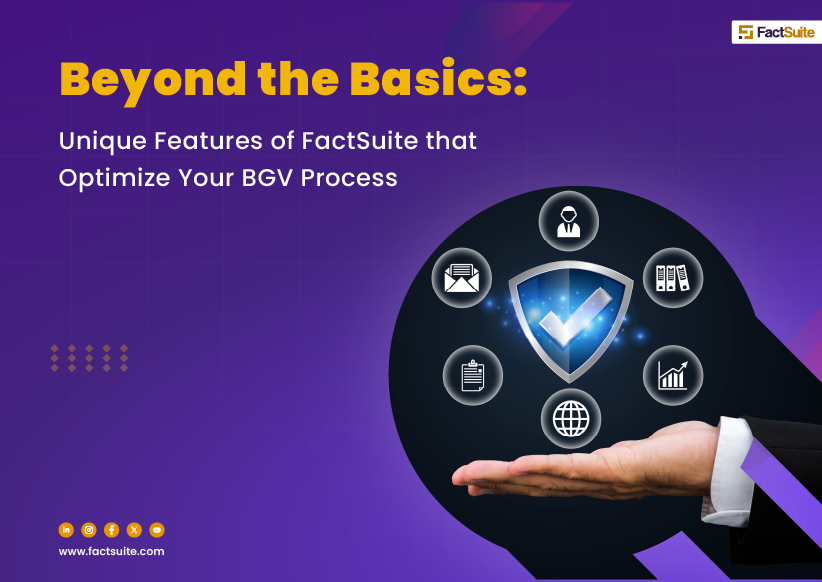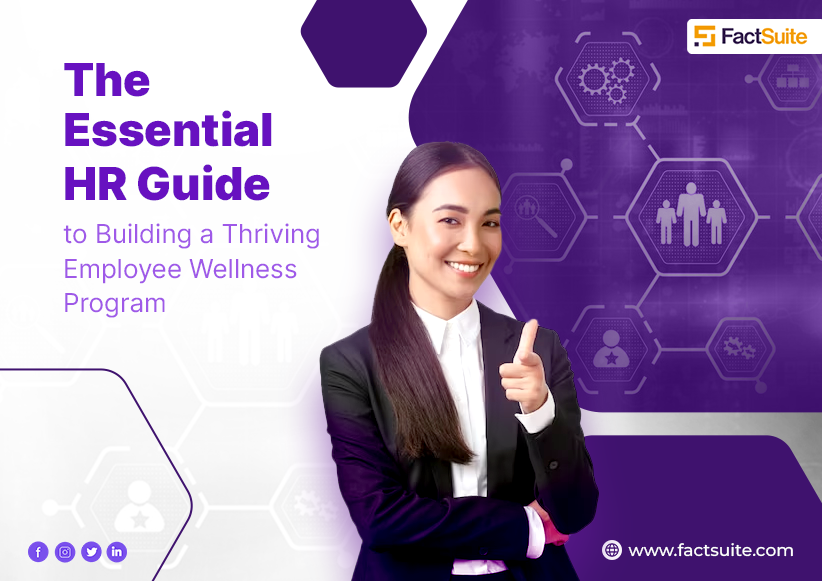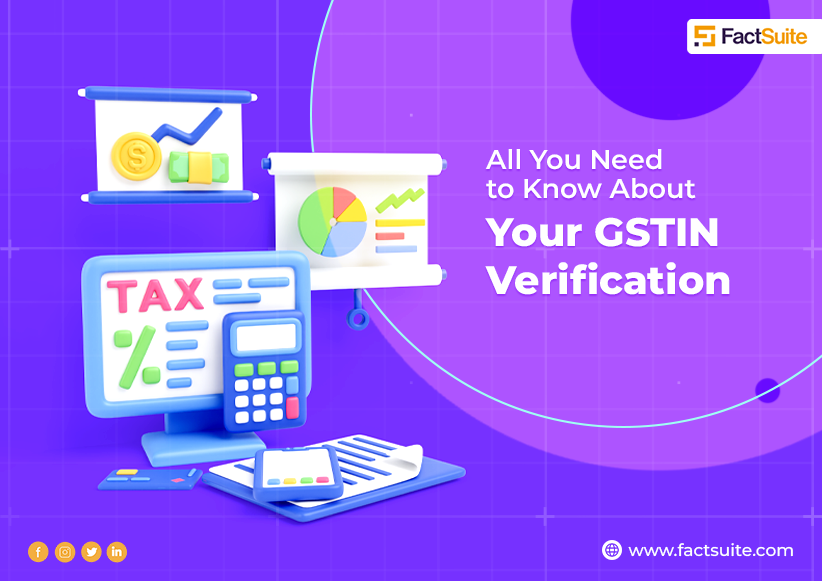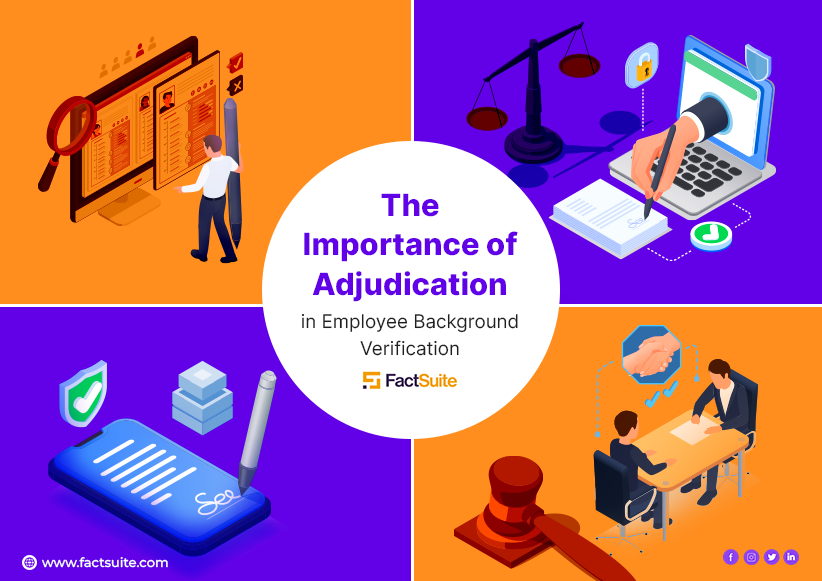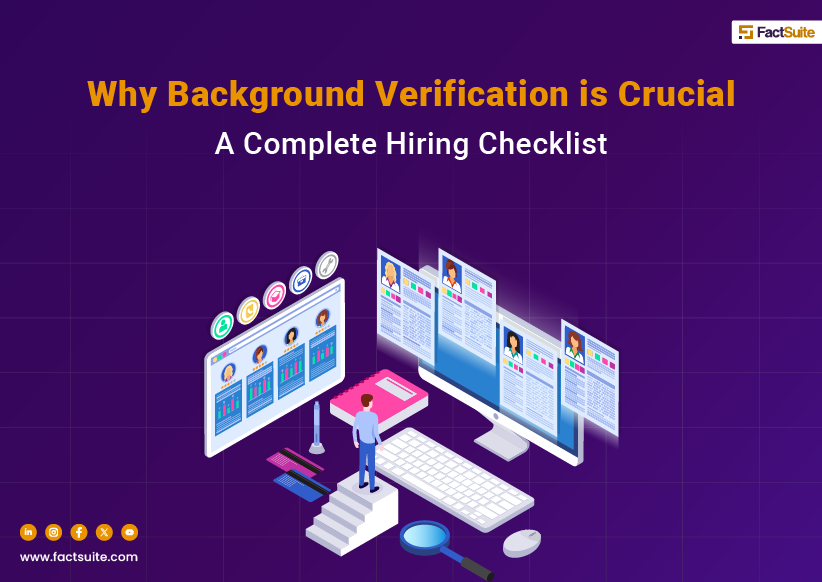How to Check Dual Employment and Employee Moonlighting

Table of Contents
- Introduction
- What is Dual Employment?
- How to Check Dual Employment and Employee Moonlighting?
- Benefits of Checking Dual Employment and Employee Moonlighting with Employment Background Screening
- FAQs
Introduction
In today's rapidly evolving job landscape, managing the workforce's integrity and commitment is pivotal for any successful business. One of the key considerations in this realm is the practice of dual employment and employee moonlighting. This comprehensive guide will take you through the nuances of dual employment, methods to effectively verify it, and the crucial role of employee background screening within the Indian context.
What is Dual Employment?
Dual employment, commonly referred to as the practice of holding multiple jobs simultaneously, occurs when an individual engages in employment with two or more employers simultaneously. In essence, it involves the individual being actively employed by more than one organization, dividing their time and efforts between different job roles.
From a legal standpoint, dual employment itself is not inherently prohibited in many jurisdictions, including India. Individuals are generally free to work for multiple employers, as long as they adhere to contractual obligations, legal requirements, and company policies. However, the intricacies and implications of dual employment can vary widely based on the nature of the roles, industries involved, and specific employment agreements.
While dual employment is not illegal, it does introduce complexities and potential challenges for both employees and employers. One of the foremost concerns is the potential for conflicts of interest. When an individual occupies multiple roles, there is the possibility that their responsibilities, obligations, or loyalties might collide. For instance, an employee with dual employment might face situations where the interests of one employer clash with those of the other, leading to ethical dilemmas.
Another significant concern is compromised work quality due to fatigue. Juggling multiple jobs can lead to physical and mental exhaustion, which can adversely affect an employee's performance and productivity in both roles. The additional stress and workload from dual employment can contribute to burnout, leading to reduced efficiency and effectiveness.
Dual employment can also have implications for an individual's work-life balance. Striking a harmonious equilibrium between multiple job commitments and personal life can be challenging. The time and energy required for multiple jobs might leave employees with limited opportunities for leisure, family, and self-care, potentially leading to feelings of stress and dissatisfaction.
How to Check Dual Employment and Employee Moonlighting?
Ensuring the legitimacy of dual employment and employee moonlighting requires a multifaceted approach:
Employee Declaration
Embed a section in the employment contract where candidates are required to disclose any existing job commitments. This fosters transparency and aids in identifying potential dual employment cases.
Reference Checks
During reference checks in employee background verification, delve into the candidate's work history and inquire about any concurrent job engagements. Former employers can provide insights into the individual's work ethics and any past instances of dual employment.
Document Verification
Scrutinize documents such as pay stubs, tax records, and bank statements for inconsistencies that might indicate dual employment. Discrepancies in work hours, earnings, or locations can be red flags.
Social Media Screening
With the candidate's consent, explore their social media profiles as part of employee background verification. Sometimes, individuals openly discuss their multiple job roles online, offering clues about potential moonlighting activities.
Third-Party Verification
Collaborate with professional background screening agencies specializing in employee background verification. These agencies have access to databases that can effectively identify instances of dual employment.
Regular Audits:
Conduct periodic internal audits of employee records to identify unauthorized secondary employment engagements. This proactive approach can preempt conflicts of interest.
Benefits of Checking Dual Employment and Employee Moonlighting with Employment Background Screening
Implementing a comprehensive employee background screening process that includes thorough verification of dual employment and moonlighting instances offers a range of compelling advantages for both employers and the organization as a whole:
1. Conflict Resolution: Ensuring Undivided Allegiance
Identifying instances of dual employment through employee background checks helps in mitigating potential conflicts of interest. When employees are committed to multiple employers, conflicts may arise concerning priorities, decision-making, and loyalty. By promptly recognizing such situations, organizations can address them proactively, ensuring that employees' allegiance remains undivided to the primary employer and its objectives.
2. Quality Assurance: Consistent Delivery of High-Quality Work
Preventing moonlighting activities contributes to maintaining high-quality work standards. Engaging in multiple jobs can lead to employee fatigue, diminishing the quality of output and increasing the likelihood of errors. By identifying and addressing moonlighting early on, employers can foster an environment where employees can fully dedicate themselves to their primary roles, leading to consistent, top-notch work performance.
3. Legal Compliance: Mitigating Legal Risks
Dual employment arrangements might inadvertently breach legal regulations or contractual obligations. Detecting these instances during the employee background checks process helps organizations avoid potential legal entanglements. By adhering to legal norms and contractual agreements, businesses can safeguard themselves against costly lawsuits and reputation damage.
4. Enhanced Productivity: Focused Dedication to Primary Roles
Employees who solely focus on their primary job role are likely to be more productive and dedicated. Juggling multiple jobs can be mentally and physically draining, which can impact an individual's ability to perform optimally. Employee background checks that identifies moonlighting activities allows organizations to foster an environment where employees can channel their energy into a single role, leading to enhanced efficiency and output.
5. Trust and Credibility: Demonstrating Organizational Integrity
Conducting thorough background screening showcases an organization's commitment to building a transparent and dependable workforce. By taking proactive measures to verify employment history and potential moonlighting, businesses demonstrate integrity to clients, partners, investors, and other stakeholders. This commitment to maintaining a trustworthy workforce can enhance the organization's credibility and reputation.
6. Employee Morale and Engagement: Fostering a Supportive Environment
A comprehensive background screening process sends a message to employees that the organization values transparency and fairness. When employees see that their colleagues are held to the same standards, it fosters a sense of equity and trust within the workplace. This can contribute to higher employee morale, engagement, and job satisfaction.
FAQs
1. How do I verify dual employment?
Verifying dual employment entails meticulous document checks, reference inquiries, social media screening, and collaborating with background screening agencies. These measures collectively unveil potential dual employment scenarios.
2. What is the rule against dual employment?
In India, no uniform rule governs dual employment. However, employment contracts and company policies might include clauses prohibiting secondary employment that clashes with the primary role.
3. What is the background check for moonlighting?
A background check for moonlighting involves examining an employee's work history, financial records, and online presence to unearth secondary employment engagements that could impede their primary role's efficacy or trigger conflicts of interest.
Conclusion
Safeguarding your organization against the intricacies of dual employment and employee moonlighting is paramount in the Indian job landscape. By implementing rigorous background screening practices and fostering transparency, you can cultivate a dedicated, trustworthy workforce that contributes significantly to your company's growth and success. Remember, proactive measures today can avert potential complications tomorrow, ensuring a resilient and committed workforce.

